
MEYER SOUND SYSTEM AT CHINA’S HAN SHOW

Created by famed director Franco Dragone, The Han Show in Wuhan, China is thrilling capacity audiences of 2,000 with water-based spectacles supported by a massive and complex Meyer Sound system. Designed by Vikram Kirby of California’s Thinkwell Group, the system comprises 359 self-powered loudspeakers that are processed, distributed, and matrixed by the largest D-Mitri digital audio platform assembled to date, comprising 53 frames.
The system is inordinately complex because, in addition to requirements dictated by a world-class entertainment spectacular, the loudspeaker configurations must adapt to a dual-mode auditorium. During the performance, the upper seating area drops down and the lower seating area splits and rotates to the sides to reveal a vast pool for the water-based elements of the show. Because the entire seating layout changes, the show requires two completely separate sound systems under one roof.
“What was critically important for this project was to have a single supplier that could help us scale from very small to huge, and I don’t know of any high-quality manufacturer other than Meyer Sound with such product breadth,” explains Kirby. “We scale all the way from line array hangs to tiny MM-4XPs for front fills, with a need for every size in between—plus special-purpose speakers like the beam-steering CAL column array loudspeaker and the directional SB-2 parabolic wide-range sound beam.”

Used for surrounds and localised upstage sources, The Han Show’s nine CAL loudspeakers are the largest deployment of CAL to date in an entertainment application.
“The CALs work wonderfully as lateral surrounds,” reports Kirby. “You get a uniformity of coverage across a wide seating area that you can’t get from point source boxes. The CALs deliver a more complete sound-mapping effect, particularly when moving off-centre.”
Kirby was similarly pleased by the performance of 18 1100-LFC low-frequency control elements. “They are just phenomenal in the way they control the low end. We did a lot of work with the directional steering, and it really helped. The bass sound is very tight for such a large room.”
Comprising 16 different Meyer Sound loudspeaker models including MICA, MINA, and M’elodie line array loudspeakers, the massive system is configured as 29 separate subsystems to meet the show’s extraordinary requirements, with each requiring its own dedicated signal matrixing and processing. Managing this complexity is the D-Mitri digital audio platform controlled by CueConsole user interfaces at two FOH positions and monitors, with the entire system networked across a fibre optic ring. Layout of the network infrastructure was handled by Colbert Davis, associate sound designer, working in collaboration with Extreme Networks.

Loudspeaker drive and array optimisation were supplied by a Galileo Callisto loudspeaker management system with eight Galileo Callisto 616 array processors and a Galileo loudspeaker management system with two Galileo 408 processors. The Meyer Sound systems were provided by Shanghai Broad Future Electro Technology Co., Ltd. and installed by Beijing-based AoTeWei.
“This is undoubtedly the most challenging project I’ve undertaken,” asserts the veteran Kirby. “It’s not just left, right, subs, and back surrounds — the whole theatre is ringed with loudspeakers. And when you add all the changes that come from a reconfigured auditorium, you have a whole different order of complexity.”
Franco Dragone is also the producer of House of Dancing Water in Macau, Celine Dion’s A New Day… in Las Vegas, and Paris Merveilles at the iconic Lido de Paris, all three featuring Meyer Sound systems.
Boasting an exterior shaped like a red Chinese paper lantern, The Han Show Theatre was designed by celebrated architect Mark Fisher of London-based Stufish Entertainment Architects.
More Info:
Meyer Sound: www.meyersound.com

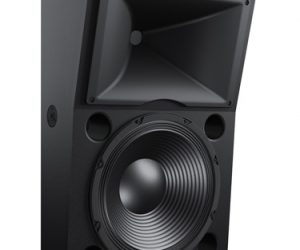


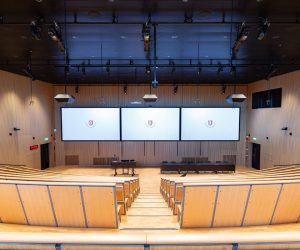
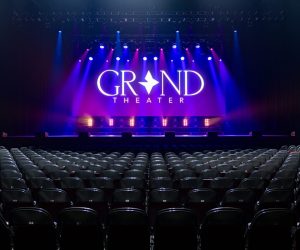

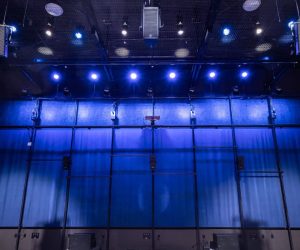

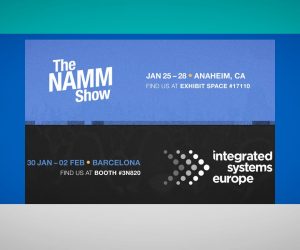
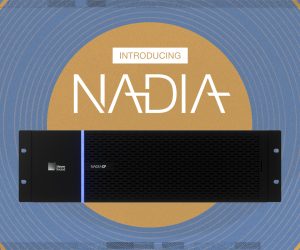

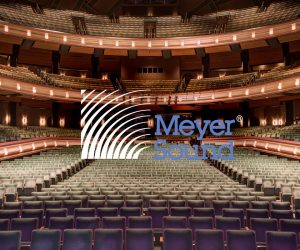


RESPONSES